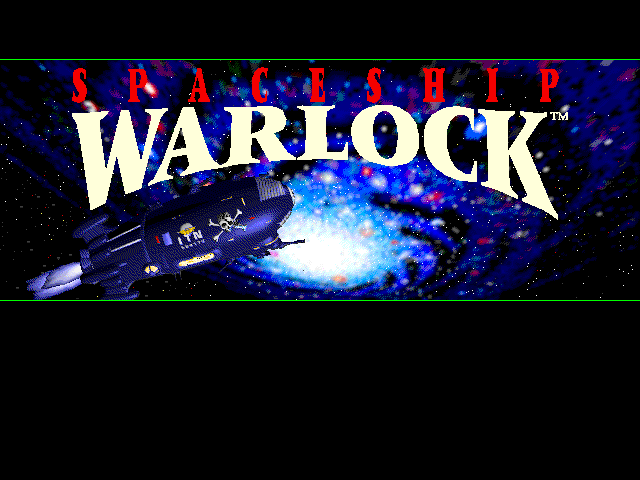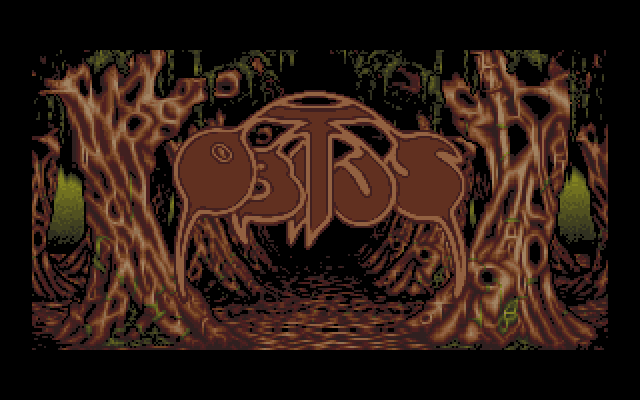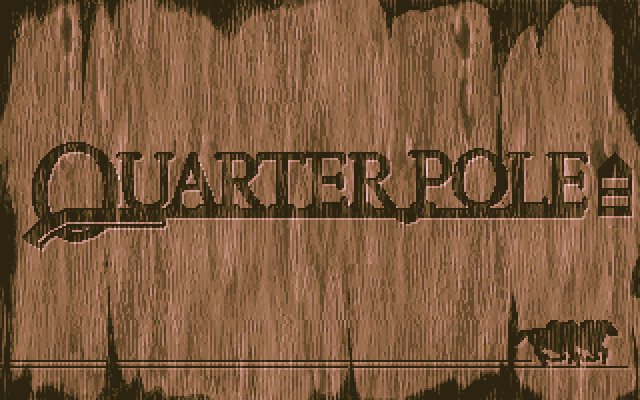“The future – we’re there!” Rhizome talks Theresa Duncan and the new age of CD-ROM preservation 


(from left to right) Rhizome archivist Dragan Espenchied, Participant Inc. founder Lia Gangitano, game critic Jenn Frank, FEMICOM Museum founder Rachel Simone Weil
Theresa Duncan’s game Zero Zero ends with a fireworks show as the calendar rolls over to the year 1900. “The future,” the protagonist Pinkée cheers, “we’re there!”
FEMICOM Museum founder Rachel Simone Weil mentioned this quote when discussing Zero Zero‘s thematic pining for the future, but it also captures the revelatory feeling of Rhizome’s showcase event for the newly preserved Theresa Duncan CD-ROM games on April 16th in New York City. Their restoration is a watershed moment for gaming – for the revitalization of Duncan’s games, for the importance of diversity in gaming culture, and above all for the relevance and accessibility of the CD-ROM medium. After listening to the discussions and speaking one-on-one with archivist Dragan Espenschied, I left with impossible optimism for the future of these games and other forgotten digital works. » Read more about “The future – we’re there!” Rhizome talks Theresa Duncan and the new age of CD-ROM preservation









